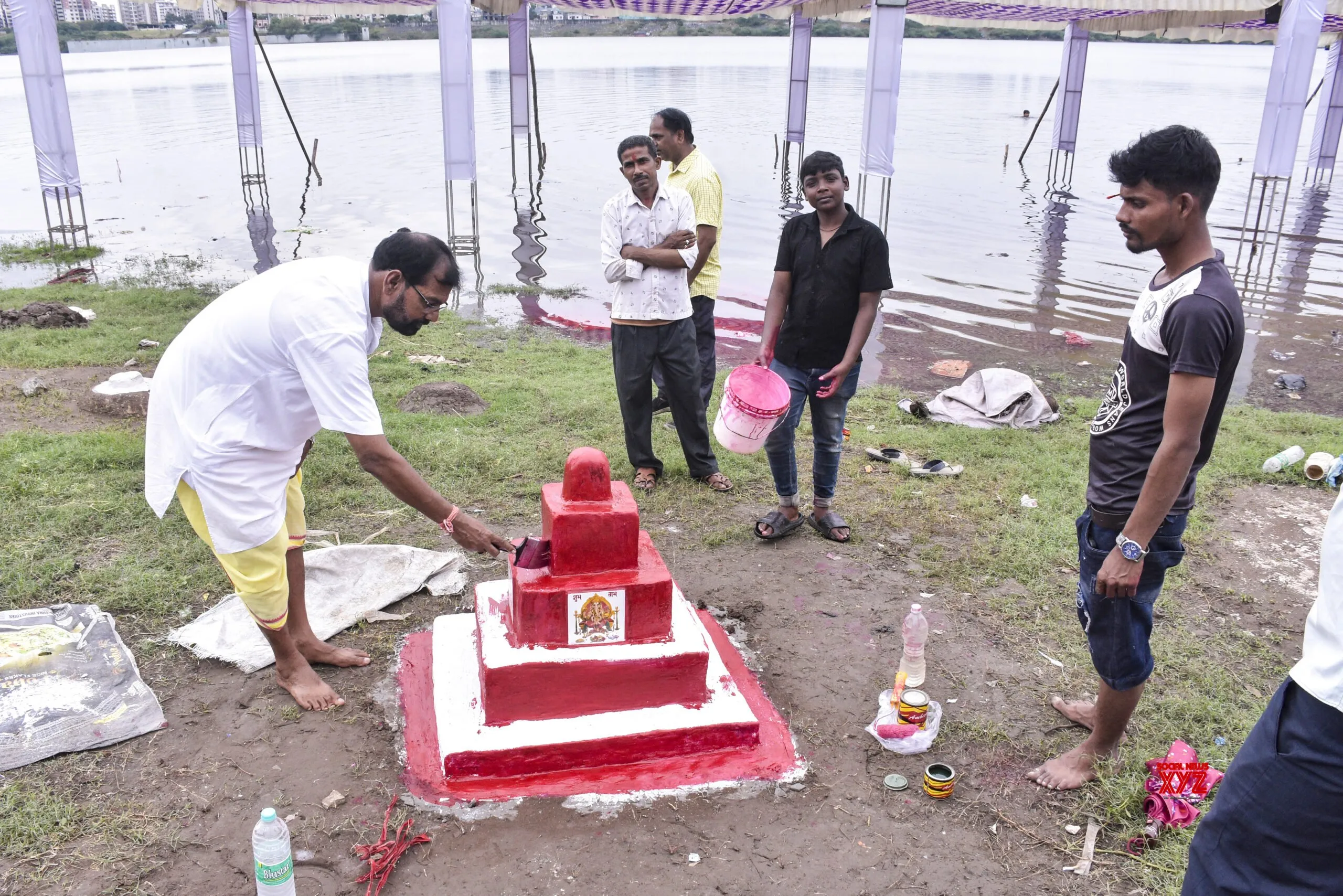Copyright Mechanicsburg Patriot News

By Charles D. Allen Over the past years, I have shared “The State of Veteran Affairs” to educate our community on the challenges faced by those who have worn the uniform of the U.S. Armed Forces. As we mark two decades of war and continue military engagements across the globe, it is important to acknowledge the current circumstances of our veterans. This Veterans Day 2025, our active-duty, reserve-component, and former service members are American citizens and residents who have been paying attention to political debates on both domestic and foreign security issues. In November 2024, citizen-veterans engaged in the democratic process by casting their votes in the presidential and congressional elections. Clearly, 2025 has social, economic, and political concerns that significantly impact our U.S. veteran population. The Pew Research Center reported in November 2023 that 18 million veterans comprised about 6 percent of U.S. adults. Issues that challenge American society consequently impact its veterans. For fiscal year 2026, the U.S. government requested a budget of $441.3 billion for the Department of Veterans Affairs (VA)—a substantial increase by 20 percent to support those who have served the nation. However, staffing shortages across the VA and government restructuring will directly affect the federal workforce, with plans for reductions of approximately 30,000 jobs. Our society continues to hold the U.S. military in high regard, as reported by Gallup in July 2025, marking it as an institution in which Americans have consistently high confidence along with small businesses and science. Our government has made progress in addressing unemployment, homelessness, and suicide among veterans. For several years, they were at greater risk in these focus areas than their non-serving counterparts. National-level issues are reflected in communities across our Pennsylvania. From a previous Pew study, “For many veterans, the imprint of war is felt beyond their tour of duty and carries over into the transition from military to civilian life.” Those leaving military service return to a society that has economic struggles and substantial growth in the national debt. The national unemployment rate for August 2024 was 4.3 percent, while the unemployment rate for all veterans was 3.0 percent—lower than the national average. In 2023, Pennsylvania has an estimated veteran population of 656,000 with an unemployment rate of 2.6 percent. On another positive note, while the national goal to eliminate veterans’ homelessness by 2015 was not met, homelessness among veterans has declined substantially. In 2024, the Departments of Veterans Affairs (VA) and Housing and Urban Development (HUD) jointly reported to Congress that 5.3 percent of the nation’s homeless adult population were veterans. The Annual Homelessness Assessment Report (AHAR) informed Congress that this number had dropped substantially since 2009 (from 19 percent). Nevertheless, in December 2024 there were an estimated 32,882 homeless veterans, with about 60 percent staying in emergency shelters or transitional housing programs. Disturbingly, the remaining 39 percent of homeless veterans were “found in places not suitable for human habitation.” Our veterans still remain exposed to the plight of having no shelter. Pennsylvanian veterans are representative of the nation at 5.1 percent of PA homeless. The suicide statistics remain most distressing. VA estimated that 13.4 percent of suicide victims in this country are former service members. In 2022, veterans’ suicide rate was over twice that of their peers in the general population. Since 2017, 18–34-year-old post-Gulf War veterans have had the highest suicide rate among all veterans, though recent data shows a slight decrease from 2021 to 2022. Though some may believe war trauma is a major factor, previous studies found suicides among non-deployed post-Gulf War II veterans were greater than among those who had deployed. Nearly 60 percent of veterans under recent VA care who died by suicide had been diagnosed with mental health or substance abuse disorder. And suicide among homeless Veteran Health Administration users was 110 percent higher than for non-homeless veterans. In addition to a special summit on suicide prevention in October, the PA Department of Military and Veterans Affairs has developed initiatives and partnerships to connect its veterans to housing and support services. As our veterans are celebrated in parades and television special programs, treated to free meals on Veterans’ Day, and recognized during sports events, we must affirm our nation’s obligation to care for them year-round. The Department of Defense must keep the faith with military members and their families by preparing for their inevitable return to society. The specter of unemployment, homelessness, and suicide should not be the legacy of military service. Our nation must always demonstrate that it values the sacrifices of its veterans. This commitment extends far beyond a single day that originally commemorated the victorious conclusion of a war that was to end all wars. American veterans still face wars on the homefront and we must help them to find peace.



